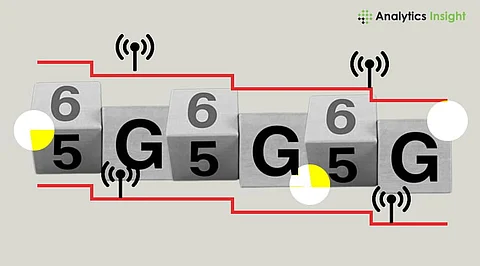

In the fast-paced realm of technological evolution, the prospect of 6G communication is already on the horizon. This article explores the key aspects of 6G technology, from its definition to potential use cases, envisioning a future where wireless communication to 6G reaches unprecedented heights.
As we continue to harness the capabilities of 5G, thought leaders from academia and industry are already shaping the possibilities of 6G. Though it may seem premature, considering the current integration of 5G, contemplating the transition to 6G is a forward-thinking exercise in envisioning the next decade's wireless landscape.
What exactly is a 6G network, and when can we expect it? 6G is the sixth-generation mobile network set to succeed 5G, with an estimated release around 2030. Considering the historical timeline of major network advancements, roughly a decade spans between each generational leap, signifying an imminent evolution in wireless communication.
A standout feature of 6G is its promise of much faster data speeds. Envisaged to provide wireless data speeds up to 1 terabit/second, this is a staggering advancement—100 times faster than current 5G networks. Such a leap holds transformative implications for individuals and businesses seeking to transfer vast amounts of data in significantly less time.
6G's impact extends across various industries, all united by the need for rapid and dependable wireless connections.
Envision faster upload and download speeds, catering to data-intensive tasks on mobile devices. The allure of enhanced performance extends to supporting smart devices and connected homes, setting 6G apart in the market.
6G's faster communication capabilities open avenues for safer autonomous driving. Near-instant updates on road conditions and traffic become crucial for the augmentation of onboard sensors, cameras, and computers, making it a prerequisite for self-driving cars.
Private networks powered by 6G facilitate precise tracking of robots in industrial settings. The potential for a 6G Internet of Things (IoT) emerges, allowing seamless communication between equipment and coordination in response to live conditions, enhancing efficiency on the factory floor.
The fusion of augmented and virtual reality, known as extended reality (XR), finds its ideal partner in 6G. Fast data speeds and reliable connections become paramount for XR applications, promising immersive experiences in various fields such as healthcare, automotive, and more.
